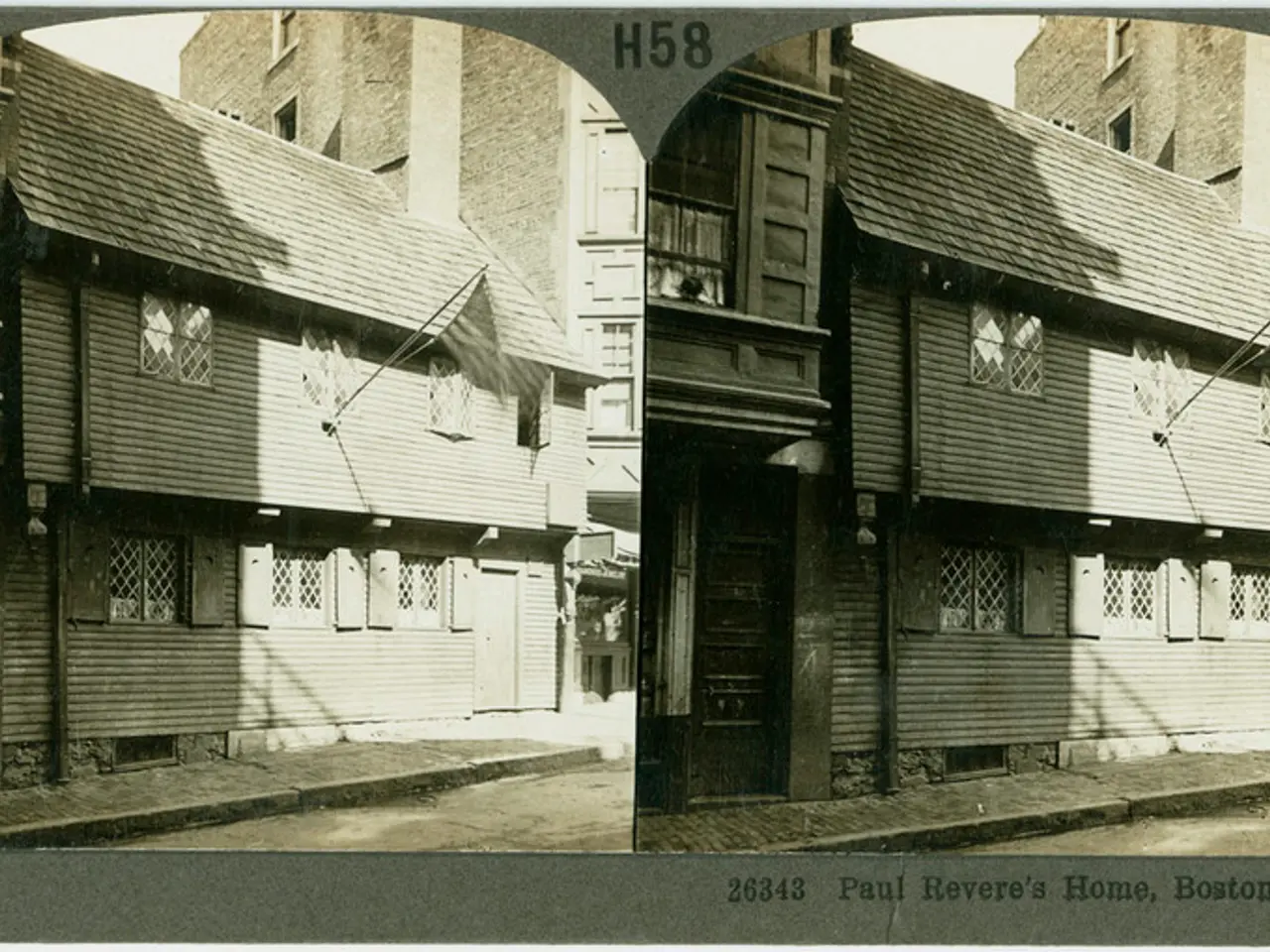Massive 3D-Printed Structure slated for Qatar's Future Desert School - Qatar's Bold Aims Revealed
In the heart of the Middle East, a groundbreaking construction project is taking shape. Led by UCC Holding in partnership with Qatar's Public Works Authority (Ashghal), the world's largest 3D printed construction project is currently underway, with the printing phase having officially begun as of June 2025. This ambitious project involves constructing two public schools in Qatar, each covering a footprint of 20,000 square meters, totaling 40,000 square meters.
Key features and progress of the project include:
**Scale and Technology** The two schools are two-storey buildings, each on a 100m x 100m site. UCC Holding commissioned two massive customized BODXL 3D printers from COBOD, each measuring 50m long, 30m wide, and 15m high, making them the largest construction 3D printers globally.
**Dedicated Team and Preparations** UCC Holding assembled a specialized 3D construction team comprising architects, civil engineers, materials scientists, and printer technicians. Over the prior eight months, this team conducted more than 100 full-scale test prints to develop concrete mixes, validate their performance under Qatar’s climate, and engineer custom print nozzles for precise and smooth printing.
**Architectural Design** The schools’ design is inspired by the natural desert landscapes of Qatar, featuring curved and flowing walls that resemble sand dunes. This complex organic geometry is achievable only through the geometric freedom afforded by 3D printing technology.
**Completion Timeline** The schools are expected to be completed by the end of 2025.
This project represents a significant advancement in 3D printing construction technology by combining unprecedented printer size and customized material engineering to deliver large-scale, architecturally distinctive public infrastructure. Upon completion, the schools could potentially change educational architecture globally.
Digital precision ensures optimal material usage, with algorithms calculating exact quantities needed for each structural element. The printing technology enables complex geometries that enhance natural ventilation and daylighting. The construction is being carried out using massive BODXL printers, each the size of a Boeing 737 hangar.
As the project progresses, the schools are expected to welcome their first students by the end of the year. UCC Holding and COBOD, the designers of the world's largest 3D printed construction project, are aiming to establish Qatar as the global epicenter of additive construction innovation. The structures, with their curves and organic forms, will undoubtedly stand as a testament to the potential of this revolutionary technology.
[1] UCC Holding. (2025). World's Largest 3D Printed Construction Project Begins in Qatar. [Press Release] [2] COBOD. (2025). UCC Holding Commissions World's Largest Construction 3D Printers from COBOD. [Press Release] [3] Qatar Public Works Authority (Ashghal). (2025). Qatar and UCC Holding Partner on Groundbreaking 3D Printed Construction Project. [Press Release] [4] UCC Holding. (2025). Advancements in 3D Printing Construction Technology. [White Paper] [5] COBOD. (2025). Revolutionising Construction: The Future of 3D Printing. [White Paper]
- This groundbreaking 3D printed construction project in Qatar, spearheaded by UCC Holding and Qatar's Public Works Authority (Ashghal), is not just transforming the construction landscape, but also paving the way for innovation in environmental-science, technology, and education-and-self-development.
- The project's unique scale and technology, including the world's largest 3D printers, are set to inspire communities by demonstrating the potential of advanced manufacturing to create sustainable, architecturally distinctive public infrastructure.
- The completion of these schools, expected by the end of 2025, will serve as educational hubs fostering science and technology-related events, thereby fostering a culture of innovation and learning within the communities they serve.
- The project's progress and completion will undoubtedly be a source of inspiration for future generations, fostering a passion for environmental-science and technology, and nurturing the spirit of innovation within the realm of education-and-self-development.




